An alarming 80 per cent of the Singaporean population suffers from this condition. Yet most of us are not doing anything to correct it.
Yes, I am talking about myopia – the condition that has become so prevalent in Singapore today, that wearing glasses is practically seen as being normal.
What is myopia?
Myopia is a condition whereby the eyeball is too long, relative to the focusing power of the cornea and the lens, thus causing the light rays to focus on a point in front of the retina, instead of the surface of the eye.
The correct length of the human eyeball, should be 24mm but for people with myopia, the eyeball is longer than this. The layman term for myopia is shortsightedness, where you have poor distant vision.
High rates of myopia nationwide is a serious problem
And according to Dr Cheryl Lee from The EyeClinic, the high rate of myopia nationwide, is a serious problem. She said, “Just because we see glasses everywhere, does not make it normal. It is a problem that needs to be rectified. I am shocked by how many people are short sighted – and they don’t even do anything about it.”
Retinal surgeon Dr Lee, who has more than 10 years of experience in the ophthalmology field, has been trained by top eye doctors in England at Cheltenham, Cambridge and Bristol, in America at the Bascom Palmer Eye Institute in Miami, and in France at the Pitie-Salpetriere hospital in Paris. Her clinic in Singapore is about six years old.
The statistics on myopia in Singapore are alarming. By the tender ages of 7 to 9 years old, 34 per cent of Singaporeans are already suffering from myopia. This is a stark contrast to 7.5 per cent in the United States or 12 per cent in Hong Kong. And these figures just continue to increase.
At the same time, in Singapore, we are spending more than SGD300 million per year on prescription glasses and SGD2.5 million is spent on treatments of myopia-related conditions such as glaucoma and retinal detachment.
For example, people with myopia have three times the risk of glaucoma or six times the risk of retinal detachment – as compared to someone with normal eyesight.
There are also more than 800 cases of contact lenses-related corneal infection on an annual basis amongst Singaporeans.
Indeed, this is no surprise, considering that many of us wear our contact lenses for long hours every day – even to the extent of sleeping with them when we are too tired to take them out after a long day.
Common solutions to slow down myopia in kids
For kids though, there are two common solutions to slow down the rate of increase of their myopia, according to Dr Lee.
These are Atropine eye drops and Ortho-K contact lenses.
Atropine eye drops are used every night before sleeping and they temporarily paralyse the muscles that aid the eyes in focusing. In doing so, it reduces eye elongation. This slows down the growth rate of myopia by -0.49 per cent in two years.
On the other hand, Ortho-K contact lenses temporarily re-shapes the cornea – when you are sleeping at night. This means that upon taking them out when you wake up, you will have normal eyesight during the day. This slows down the eye elongation by 43 per cent compared to kids who wear standard spectacles.
Myopia can lead to blindness, if not treated
Myopia, according to Dr Lee, can also lead to blindness. It is, in fact, the fourth leading cause of blindness in Singapore – and the higher your degree of myopia, the more at risk you are, of losing your vision forever.
Dr Lee added, “And the person whose myopia is 800 degrees is more at risk than the person who is at 200 degrees.”
A blogger event by Dr Lee from The EyeClinic
I was recently invited to a blogger event at The EyeClinic at Mandarin Gallery, where Dr Lee had shared more about what myopia is, how it is caused and the various ways that it can be corrected.
Lasik is not the best method of treatment
While lasik is the most common method of treatment, Dr Lee shared that this is not necessarily the best way to do so though. I have heard a lot about lasik myself, but have never realised exactly what is involved – till I had attended Dr Lee’s talk.
According to the doctor, lasik is an irreversible procedure that involves cutting through the layers of cornea and thinning it down – to get the shape of the eye back to the recommended 24mm. This is similar to cutting away the many layers of a kueh lapis cake.
However, as many Asians have rather thin corneas in the first place, compared to Westerners, it is not possible for the cornea to be thinned some more. So Singaporeans are not really suitable for lasik treatment.
Lasik, Dr Lee added, also causes some serious side effects due to the removing of layers of cornea – including permanently dry eyes and a decrease in night vision. Also for active sportspeople, such as mountaineers who often experience changes in altitude, the short sightedness may return.
Explained Dr Lee, “After thinning, the cornea is no longer as robust or strong as it used to be. So it bulges forward again with changes in altitude or with age. However, the aim of the surgery had been to flatten the cornea and return it to its original length, but this causes the short sightedness to return.”
Dr Lee recommends implantable contact lenses (ICLs)
That is why Dr Lee recommends the usage of implantable contact lenses (ICLs) instead. She explained, “ICL is a reversible process because it has nothing to do with cutting the cornea.”
ICL is a Collamer lens that is inserted into the eye by a minimally invasive surgical procedure. As the lens is produced using a biocompatible material, that is similar to collagen, it is not rejected by the body.
As well, instead of changing and altering the natural shape of the cornea as in lasik, an ICL is placed behind the iris of the eye, with a 2.5mm incision. The surgical process takes about 10 minutes and you will be well enough to watch television and read on your iPad just moments after the surgery has been completed.
Following an ICL surgery, the wound takes two weeks to heal fully and according to Dr Lee, swimming and contact sports such as rugby should be avoided during this period of time to allow the wound to heal. But doing anything else, including showering, is fine though.
Upon healing, practically anything is possible though, according to Dr Lee, and the short sightedness will not return. In fact, some of her previous clients have included avid travellers and mountaineers.
ICL surgery costs about SGD5,000 per eye. For more information on ICL, check out Dr Lee’s website at http://theeyeclinic.com.sg.
Thank you to The Influencer Network for the invite.

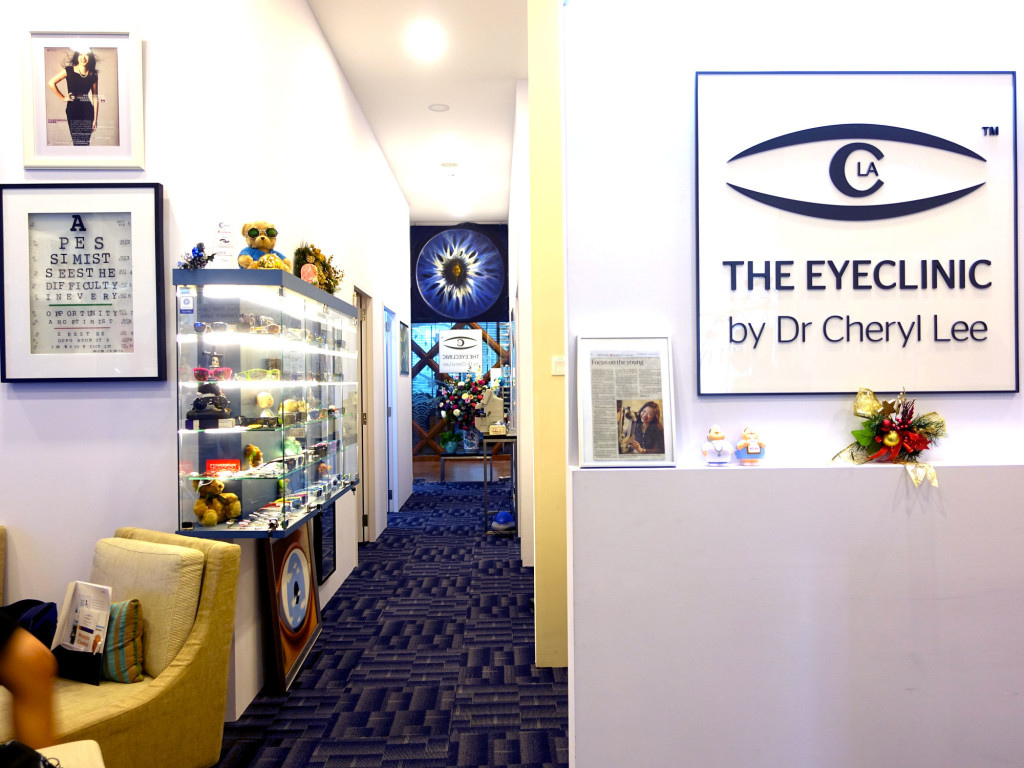
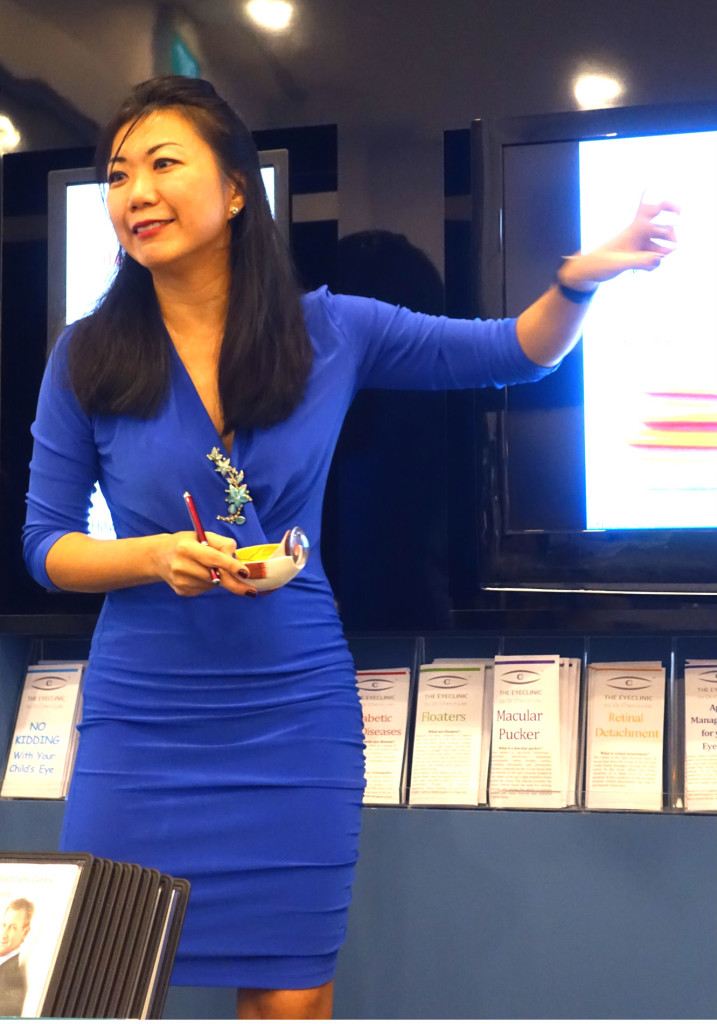
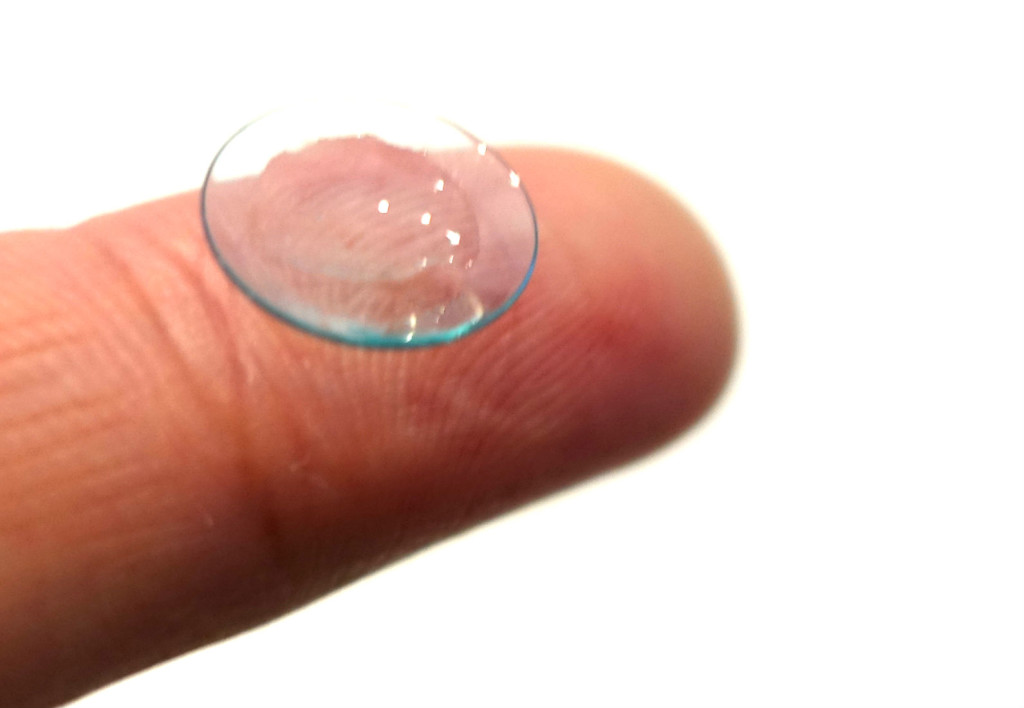
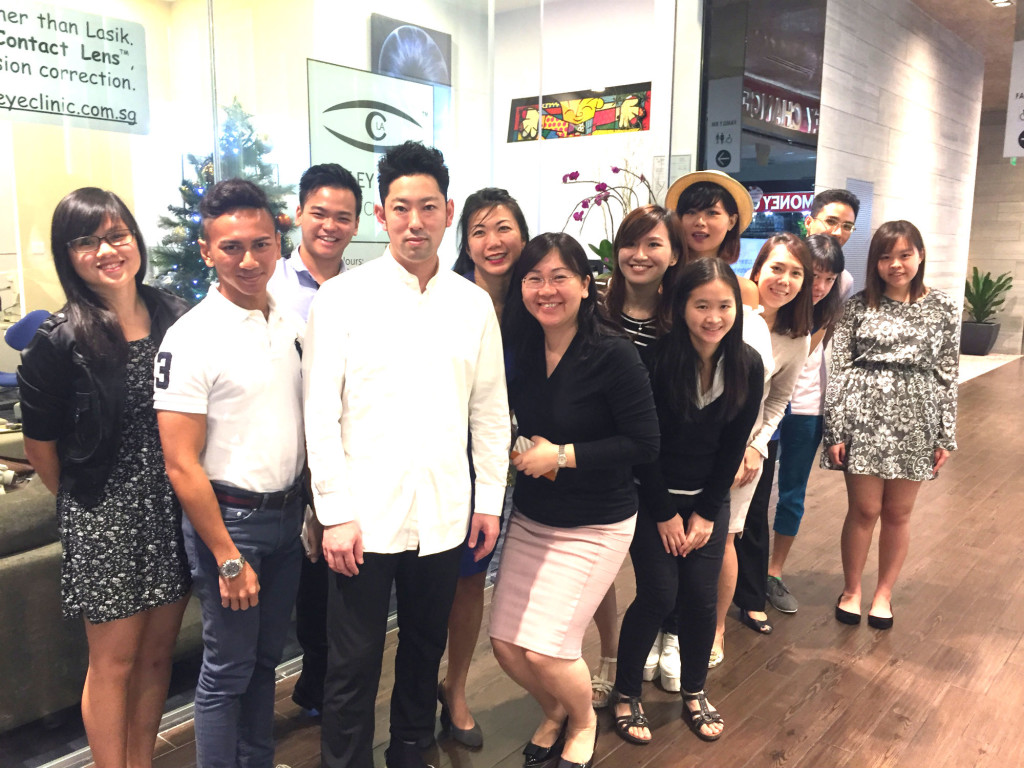

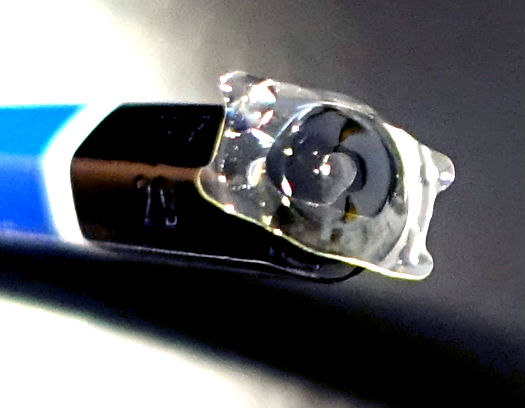
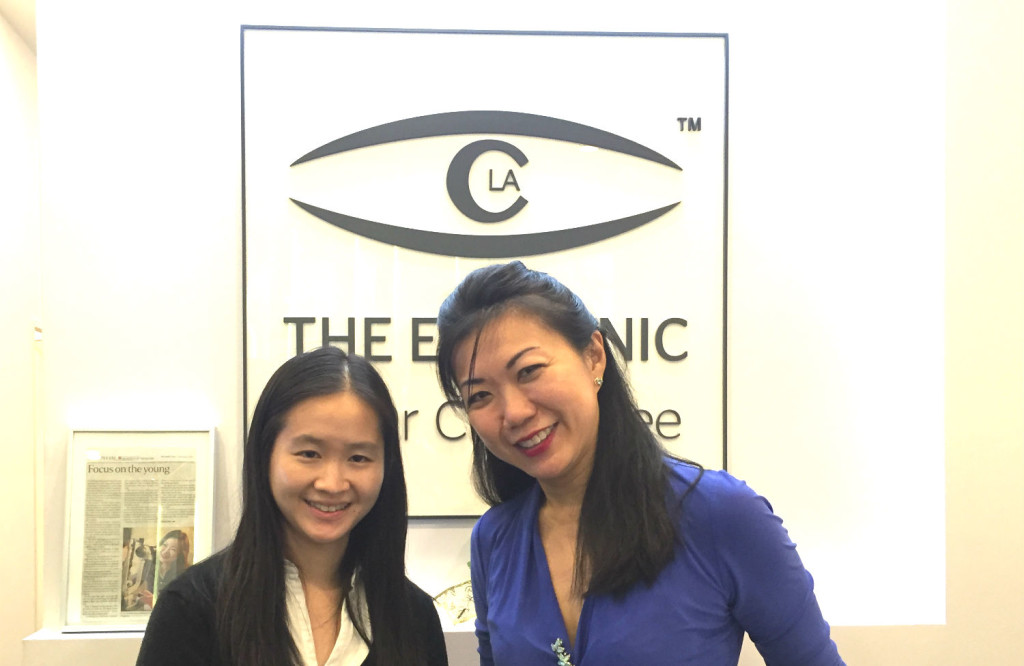
Leave a Comment